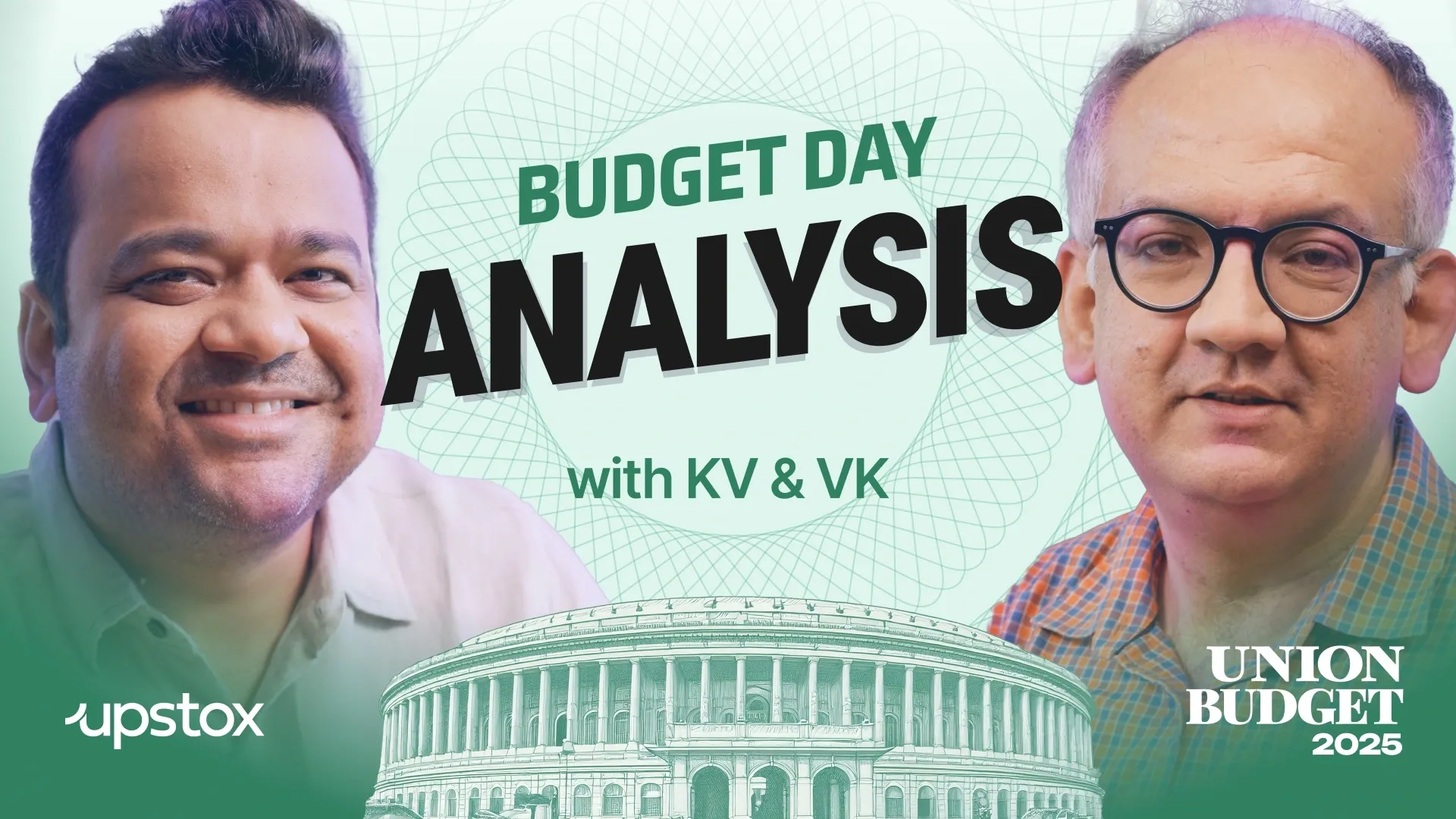Business News
SEBI proposes fresh steps to tighten derivatives market rules: What investors need to know
.png)
3 min read | Updated on February 25, 2025, 11:48 IST
SUMMARY
The draft framework includes recalibrating Market Wide Position Limits (MWPL), enforcing stricter position limits, introducing intraday monitoring, and implementing pre-open and post-closing sessions.

SEBI has proposed stricter regulations for equity derivatives trading to enhance risk management. (Image: Shutterstock)
Market regulator SEBI has proposed a series of measures to tighten rules governing equity derivatives trading in a bid to further reduce the build-up of risk in these markets.
In a draft circular released on Monday, the Securities and Exchange Board of India (SEBI) proposed recalibrating the Market Wide Position Limit (MWPL), imposing stricter position limits, and introducing pre-open and post-closing sessions for derivatives trading.
These measures are based on discussions with the Expert Working Group on derivatives and are intended to strengthen risk management, SEBI said.
Under the proposed framework, SEBI plans to recalibrate MWPL for single stocks based on the lower of 15% of free-float market capitalisation or 60 times the average daily delivery value (ADDV) in the cash market.
This will reduce the potential manipulation and better align derivatives risk with the underlying cash market liquidity, SEBI said.
The MWPL will be revised quarterly based on the rolling three-month ADDV, the regulator said.
SEBI also proposed stricter curbs on trading when a stock enters a "ban period."
Traders would only be allowed to reduce their net delta exposure from the start of the trading day, enforced through trading software checks.
"A mechanism would be built into brokers’ trading software to ensure compliance with these rules, i.e., to confirm that any new trade during the ban period decreases the participant’s net Delta exposure in that scrip," SEBI said in a consultation paper.
The regulator plans to introduce intraday monitoring of MWPL utilisation at least four times a day, with clearing corporations disseminating real-time data to market participants to manage settlement and systemic risks.
SEBI also outlined revised exposure limits for mutual funds and alternative investment funds (AIFs), proposing that options positions be measured on a future-equivalent basis. Individual entity-level position limits for single-stock derivatives will also be standardised across various market participants, including foreign portfolio investors (FPIs), mutual funds, and proprietary traders.
For index derivatives, the regulator suggested new limits, with end-of-day net and gross future-equivalent positions capped at ₹500 crore and ₹1500 crore, respectively, for index options. The intraday limits would be set at ₹1000 and ₹2500 crore. The proposed changes also raise the end-of-day limit for index futures to ₹1500 crore from ₹500 crore.
SEBI said it would introduce pre-open and post-closing sessions, prevalent in the cash market, for derivatives trading, initially for current-month futures contracts and next-month futures contracts in the last five trading days before expiry.
About The Author
Next Story

